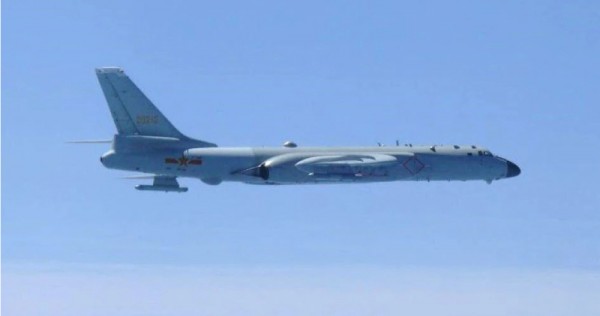TOKYO — Japan scrambled jets after Russian and Chinese warplanes neared its airspace on Tuesday (May 24), when Tokyo was hosting the leaders of the Quad grouping of countries that includes the United States, Defence Minister Nobuo Kishi said.
Tokyo conveyed “grave concerns” to both Russia and China through diplomatic channels, Kishi said at a news conference that was broadcast online.
He characterised the incident as a likely provocation by both Beijing and Moscow on a day when US President Joe Biden, Indian Prime Minister Narendra Modi and Australia’s newly elected leader, Anthony Albanese, were meeting in Tokyo.
“We believe the fact that this action was taken during the Quad summit makes it more provocative than in the past,” he said, adding it was the fourth such incident since November.
Two Chinese warplanes flew over the Sea of Japan from the East China Sea and were then joined by two Russian warplanes for a flight together toward the East China Sea, Kishi said.
Later, the two Chinese warplanes were replaced by another pair believed to be Chinese, which then flew with the Russians on a long flight toward the Pacific Ocean, he said.
A Russian reconnaissance plane also flew over the open sea from the northern island of Hokkaido to the Noto peninsula on Japan’s main island, he said.
None of the aircraft entered Japan’s airspace, he said.
Russia and China both confirmed they conducted a joint patrol. Russia’s defence ministry said the patrol lasted 13 hours over the Japanese and East China seas.
The exercise was part of an “annual military cooperation plan”, China’s defence ministry said.
Separately, South Korea’s military said it scrambled fighters after at least four Chinese and four Russian warplanes entered its air defence zone on Tuesday.
It was not immediately clear if the two events were related or if any of the same warplanes were involved.
The four leaders of the Quad — an informal grouping led by Washington — on Tuesday stressed their determination to ensure a free and open Indo-Pacific region in the face of an increasingly assertive China.
This article was first published in Asia One . All contents and images are copyright to their respective owners and sources.











